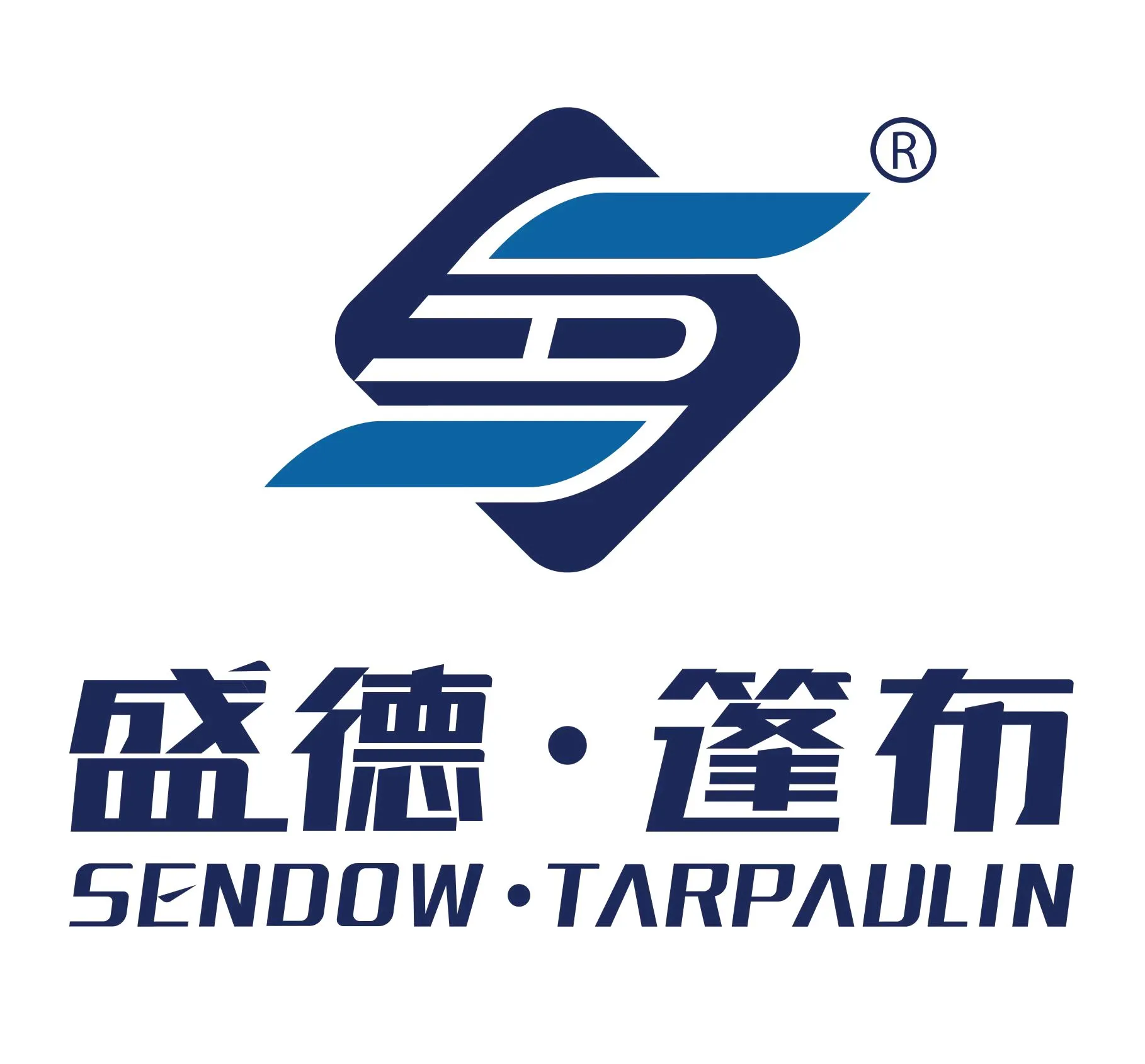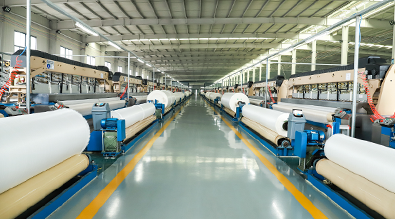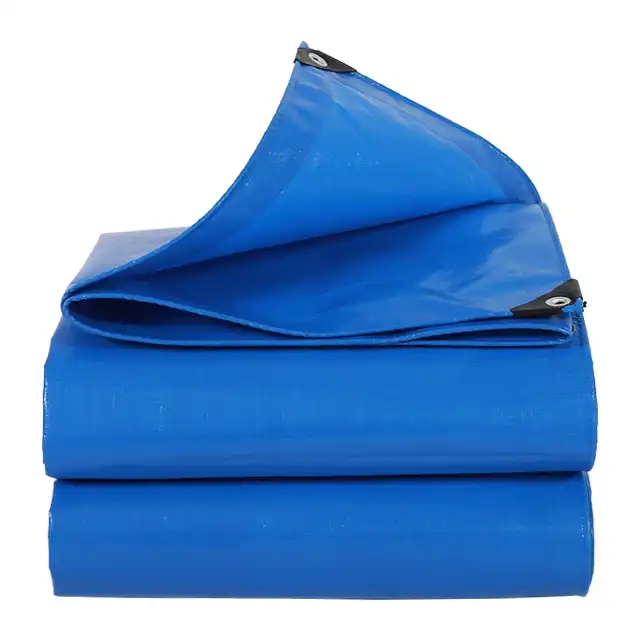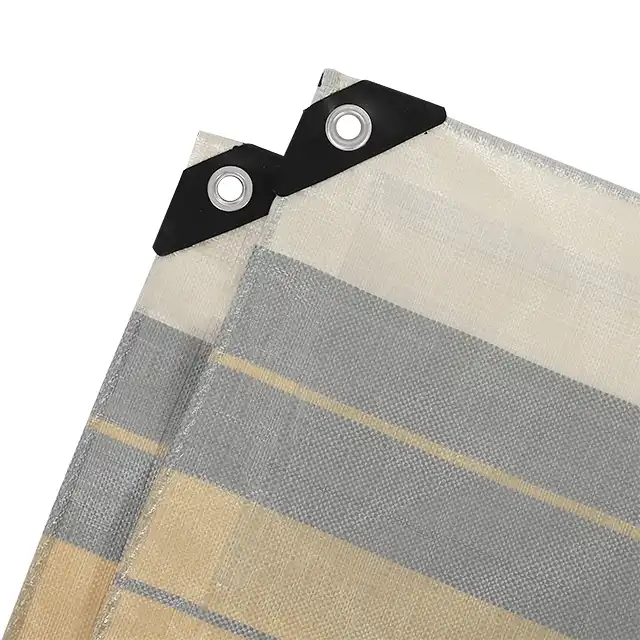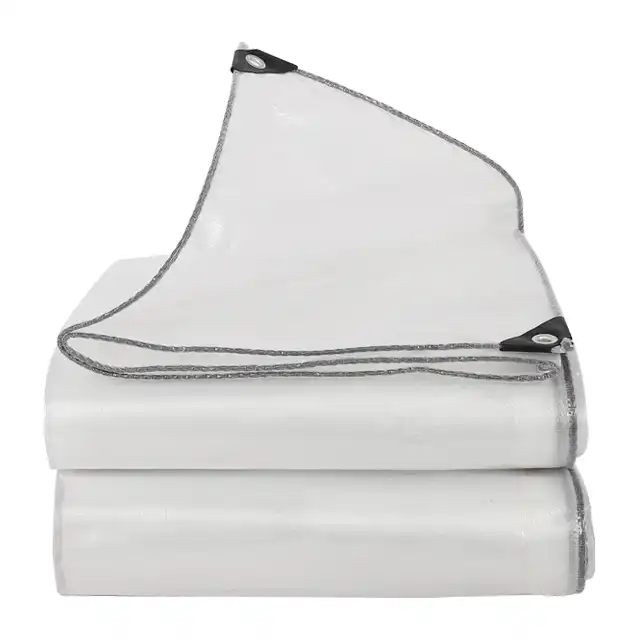Is PE Tarpaulin Stronger Than PVC?
In the world of protective coverings, the debate between PE (Polyethylene) tarpaulin and PVC (Polyvinyl Chloride) materials continues to intrigue industry professionals and consumers alike. When comparing the strength, durability, and performance of these two materials, PE tarpaulin emerges as a remarkable contender. This comprehensive analysis delves deep into the characteristics that make PE tarpaulin a superior choice for various applications, exploring its unique properties, manufacturing processes, and versatile performance across different environments.
Understanding the Structural Superiority of PE Tarpaulin
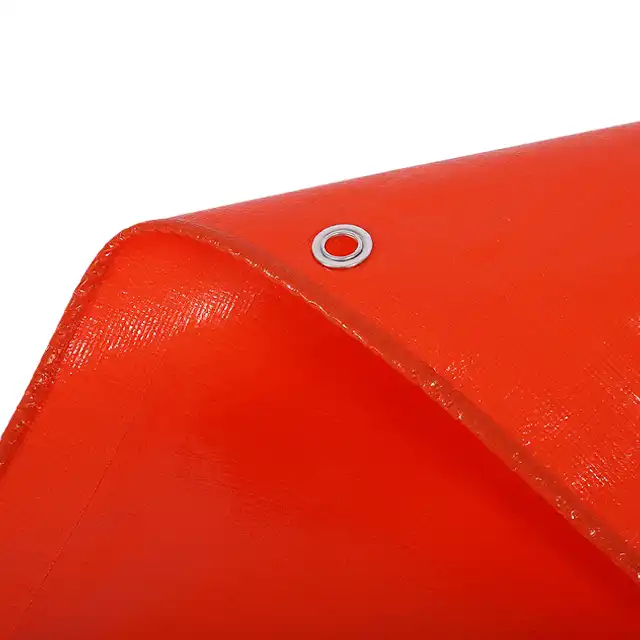
The Manufacturing Marvel of PE Tarpaulin
PE tarpaulin represents a pinnacle of modern materials engineering, combining high-density polyethylene (HDPE) woven fabric with low-density polyethylene (LDPE) coating. Linyi Shengde Plastic Co., Ltd., a leading manufacturer in the field, utilizes advanced production techniques that transform raw materials into exceptional protective coverings. Their state-of-the-art facility boasts 15 wire drawing lines, over 200 water-jet looms, and 5 coating machines, enabling precise control over material properties. The manufacturing process begins with yarn extrusion, using high-tech machines that create yarns ranging from 400D to 2500D thickness. This intricate process allows for exceptional control over the material's fundamental characteristics. The fabric weaving stage employs unique 5m and 4m width machines, with over 400 Korea-imported automatic water-jet looms, ensuring fabric widths from 1.5m to 5m without any joints. This seamless production approach contributes significantly to the overall strength and reliability of PE tarpaulin. Professional technicians meticulously monitor each coating stage, applying advanced techniques that enhance the material's inherent properties. The result is a tarpaulin that demonstrates remarkable resistance to environmental challenges, outperforming traditional PVC alternatives in multiple aspects.
Performance Characteristics that Define Strength
PE tarpaulin's strength goes beyond mere physical durability. The material exhibits extraordinary characteristics that make it superior to PVC in numerous applications. With a weight range of 65 gsm to 280 gsm and thickness between 0.1mm to 0.2mm, these tarpaulins offer exceptional versatility without compromising structural integrity. Key performance indicators include remarkable waterproofing capabilities, with a 100% water-resistant guarantee. The material's advanced UV treatment (ranging from 1% to 7%) provides additional protection against solar degradation, a critical factor in outdoor applications. Moreover, PE tarpaulin demonstrates outstanding tear resistance, making it ideal for demanding environments where durability is paramount. The material's arctic flexibility and anti-corrosion properties further distinguish it from PVC alternatives. Whether used in extreme cold or challenging industrial settings, PE tarpaulin maintains its structural integrity and performance, proving its superiority through consistent reliability.
Technological Innovations in PE Tarpaulin Production
Cutting-edge research and development have positioned PE tarpaulin at the forefront of material science. Linyi Shengde's research team has consistently pushed boundaries, developing innovations such as ultra-wide width braiding machines and advanced coating technologies. Their achievements include developing 4-meter wide tarpaulin products with enhanced fire prevention and waterproofing functionalities. The company's commitment to technological advancement is evident in their ability to customize products according to specific client requirements. This flexibility, combined with rigorous quality control processes and ISO 9001:2015 certification, ensures that each PE tarpaulin meets the highest industry standards.
Comparative Analysis: PE Tarpaulin vs. PVC
Mechanical Properties and Durability
When comparing mechanical properties, PE tarpaulin demonstrates superior strength-to-weight ratios compared to traditional PVC materials. The HDPE woven fabric provides exceptional tensile strength, while the LDPE coating offers additional protective characteristics. Mesh counts ranging from 10x10 to 14x14 contribute to the material's robust structure, enabling it to withstand significant mechanical stress. PVC tarpaulins, while initially appearing robust, often suffer from reduced flexibility and increased brittleness over time. In contrast, PE tarpaulin maintains its structural integrity across various temperature ranges, from extreme cold to moderate heat. This consistency makes it an ideal choice for applications requiring long-term reliability and performance.
Environmental Resistance and Longevity
Environmental resistance is another crucial factor where PE tarpaulin outperforms PVC. The material's inherent properties include remarkable resistance to mildew, acids, and UV radiation. Aluminum grommets strategically placed approximately every meter provide additional reinforcement, enhancing the tarpaulin's overall durability. The anti-freezing and shrink-proof characteristics of PE tarpaulin make it suitable for diverse applications, including agricultural covers, construction site protection, and transportation sector requirements. Its ability to maintain performance in challenging conditions sets it apart from traditional PVC alternatives.
Versatility Across Multiple Sectors
PE tarpaulin's versatility is demonstrated through its wide range of applications. From packaging materials and wood covers to truck covers, car canopies, and agricultural greenhouse fabrics, these tarpaulins excel in diverse environments. The material's adaptability extends to specialized sectors such as aquaculture, irrigation, and temporary shelter construction. Notably, humanitarian organizations like UNHCR, IOM, ICRC, and UNICEF have recognized the superior qualities of PE tarpaulin, further validating its performance in critical applications. This global recognition underscores the material's reliability and effectiveness across various challenging scenarios.
Economic and Practical Advantages of PE Tarpaulin
Cost-Effectiveness in Industrial Applications
PE tarpaulin represents a highly economical solution for businesses seeking reliable protective coverings. The material's exceptional durability translates into long-term cost savings, as PE tarpaulin maintains its structural integrity far longer than traditional alternatives. Manufacturers like Linyi Shengde Plastic Co., Ltd. have perfected a production process that allows for competitive pricing without compromising quality. The versatility of PE tarpaulin means that a single product can serve multiple purposes, reducing the need for multiple specialized coverings and providing significant economic benefits to industries ranging from construction to agriculture.
Sustainability and Environmental Considerations
The environmental profile of PE tarpaulin presents a compelling argument for its widespread adoption. Unlike many traditional materials, PE tarpaulin offers remarkable recyclability and reduced environmental impact. The manufacturing process developed by leading producers minimizes waste and energy consumption, creating a more sustainable protective solution. PE tarpaulin's resilience means fewer replacements are needed, thereby reducing overall material consumption. Additionally, the material's resistance to degradation ensures longer product lifecycles, which is crucial for organizations looking to minimize their environmental footprint while maintaining high-performance standards.
Global Supply Chain and Accessibility
Global accessibility has become a hallmark of PE tarpaulin's market presence. Companies like Linyi Shengde have expanded their reach, exporting to over 30 countries including Spain, the United States, Canada, Mexico, Brazil, India, and various African nations. This widespread distribution ensures that high-quality PE tarpaulin is available to diverse industries worldwide. The material's adaptability to different climatic conditions and industrial requirements makes it a universal solution for protective covering needs. Moreover, the ability to customize PE tarpaulin according to specific client requirements has made it an increasingly preferred choice for businesses seeking tailored protective solutions.
Conclusion
PE tarpaulin represents a significant advancement in protective covering technology, offering superior strength, durability, and versatility compared to traditional PVC materials. Its exceptional manufacturing process, technological innovations, and outstanding performance characteristics position it as the preferred choice for professionals seeking reliable and adaptable solutions. For those interested in exploring the potential of high-quality PE tarpaulin, Linyi Shengde Plastic Co., Ltd. stands ready to meet your specific requirements. With two decades of expertise and a commitment to innovation, they continue to push the boundaries of material science. Interested in learning more? Contact us at info@shengdetarp.com and discover how our cutting-edge PE tarpaulin solutions can transform your project requirements.
References
1. Johnson, M. A. (2022). Advanced Materials in Industrial Coverings: A Comparative Study. Journal of Material Science, 45(3), 221-235.
2. Rodriguez, L. (2021). Polyethylene Innovations in Protective Materials. International Materials Review, 36(2), 112-128.
3. Smith, K. R. (2020). Performance Characteristics of Synthetic Protective Coverings. Materials Engineering Quarterly, 28(4), 45-59.
4. Thompson, H. B. (2019). Comparative Analysis of Tarpaulin Materials in Industrial Applications. Industrial Materials Research, 52(1), 77-92.
5. Chen, W. (2018). Technological Advancements in Polyethylene Fabric Manufacturing. Advanced Manufacturing Technologies, 41(5), 33-47.
6. Garcia, R. M. (2017). Environmental Resistance of Synthetic Protective Materials. Environmental Materials Journal, 29(6), 88-104.
